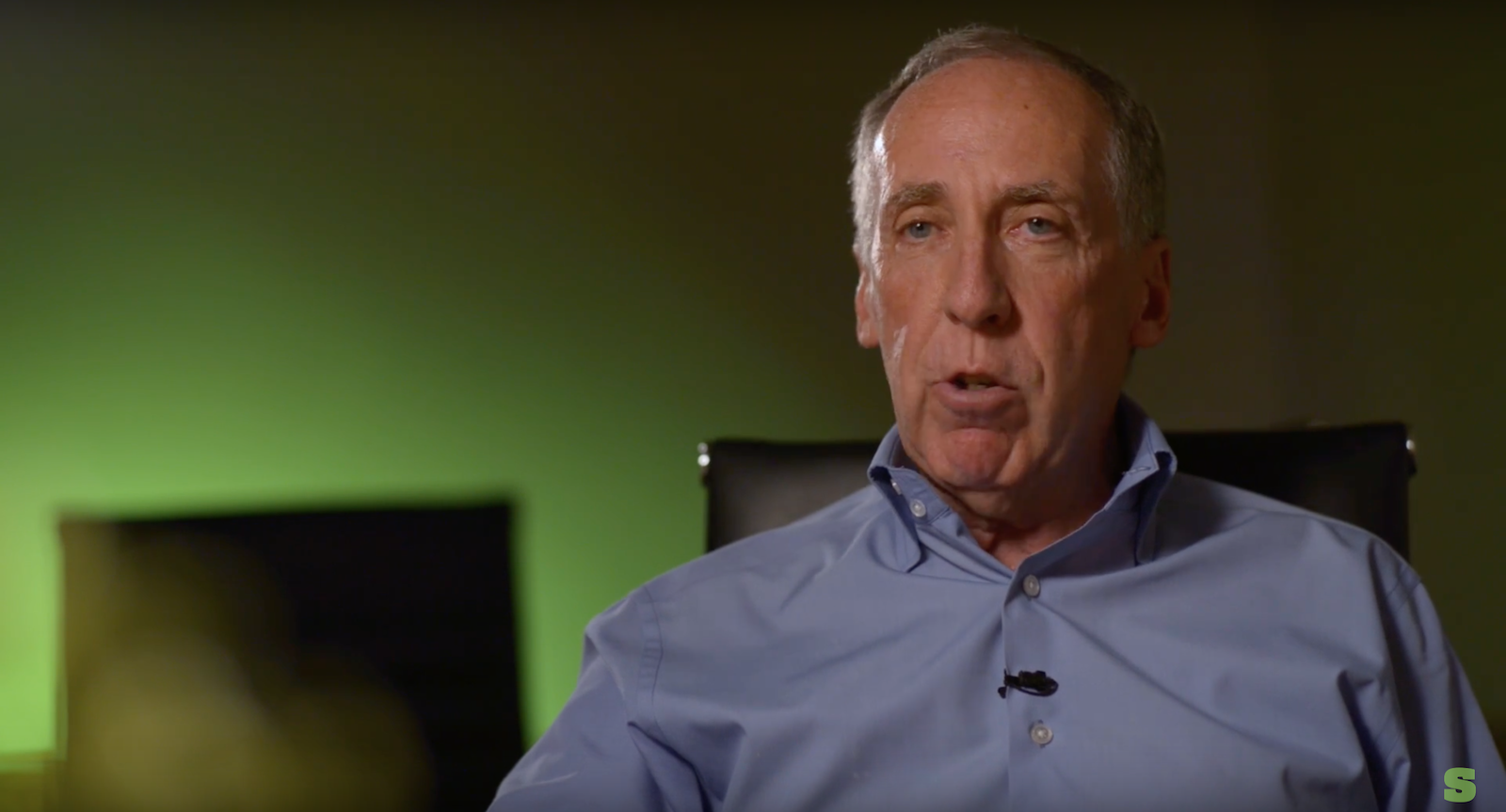“As much as 90% of the population of L&D professionals are using inadequate and traditional evaluation methods that are just not getting the job done,” says Jim Kirkpatrick, Senior Consultant for Kirkpatrick Partners. The solution, he claims, using a kirkpatrick blended evaluation plan is similar to the approach learning experts have taken with Blended Learning – approaching education by means of different tools for different people and leveraging different styles of learning for maximum effectiveness. Instead of thinking only in terms of pedagogy, Jim expands into the idea that, what he calls Blended Evaluation Plan®, can improve learning experts’ approach to evaluation – and ultimately, provide more value to stakeholders.
It’s important to keep perspective: we are dealing with distinctly human problems. Often, there is too much dependency on technology to provide the data, but we end up forgetting to simply observe if behavior change has taken place and to what extent. Companies need not be intimidated by evaluation Levels 3 & 4. They are not some elusive Holy Grail, but can be attained if enough forethought is placed into the approach to measure success, and if we keep the ultimate goal on the horizon – using a kirkpatrick blended evaluation plan one that helps to improve the lives of our employees and the cultural aspects that make our companies great.
If you would like more information on the Kirkpatrick methodology, there is an excellent book on the subject: https://www.amazon.com/Kirkpatricks-Four-Levels-Training-Evaluation/dp/1607280086
Transcript
Jim Kirkpatrick: I would say that as much as 90% of the population of L&D professionals are using inadequate and traditional evaluation methods that are just not getting the job done. What they’re doing is smile sheets, pre and post test, and maybe a 90 day survey and hope for the best. The concept that I want people to consider is blended evaluation, just like blended learning has been around for decades, and it’s a wonderful tool because we use different methods for different people to get different kinds of results.
We need to use the same concept with blended evaluation, which means using different methods, different sources, in a blended manner to get as much of the truth as possible in order to make good decisions in the classroom, in the field, and put together an effective, compelling chain of evidence for our stakeholders that what we’re doing is making a difference.
We need to stop being fearful. That what we’re going to find in the field is going to make training look inadequate. In and of itself, training is not strong enough to get people to perform their jobs in order to get results, therefore, we need to use a package approach to learning and performance and make sure that we have pre-training, training, and post-training components, but technology is not enough to give the complete picture of evaluation. You need to add the human element, the human factor of talking to people to find out the richness and the deeper truth of what is working, and what isn’t, and put the two together to get a complete picture.
